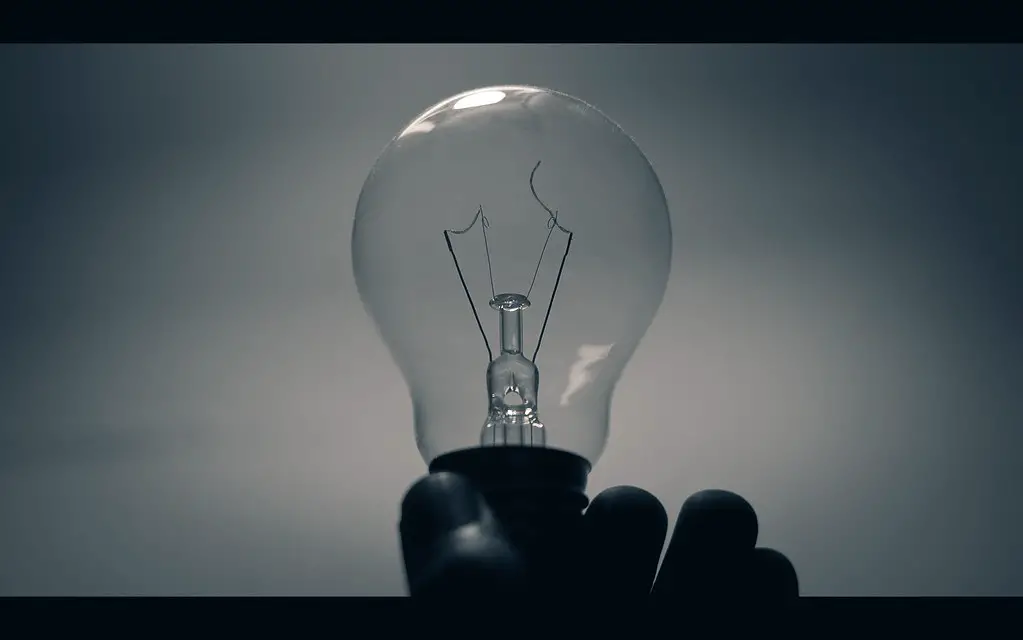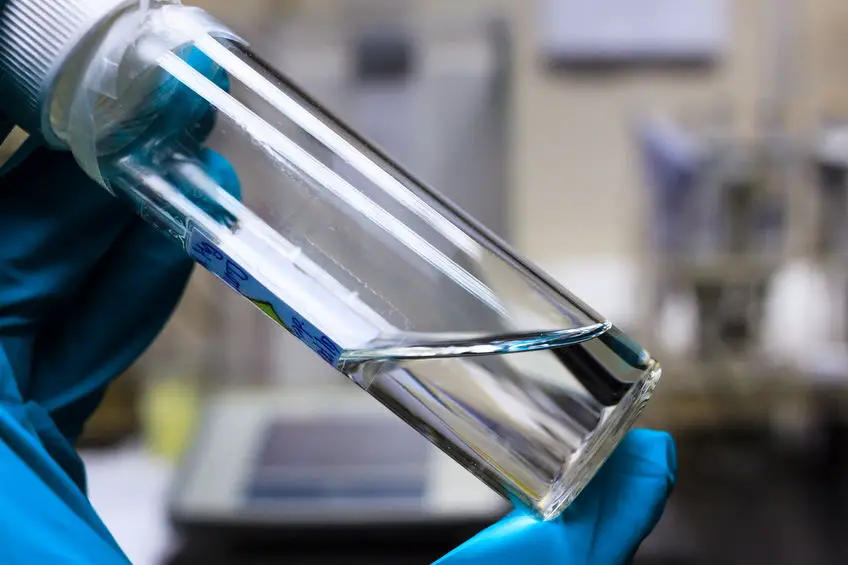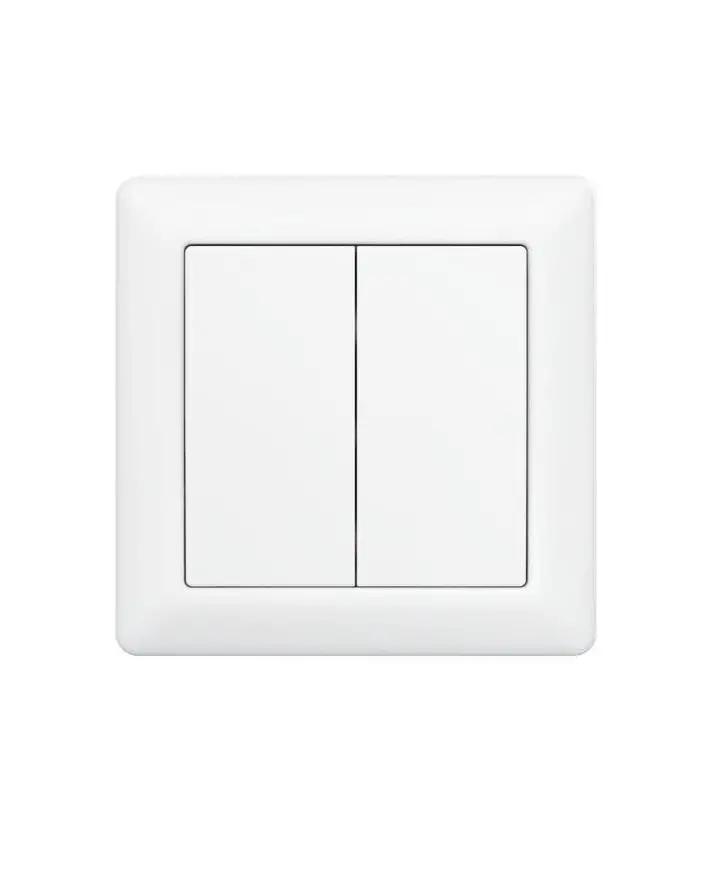Can You Safely Leave A Broken Light Bulb In Its Socket?
Having your lights break can happen rather frequently depending on the light source being used. Old incandescent lights only last a few thousand hours whereas LED bulbs can last well over 10 000h.
So when these bulbs eventually break and you are faced with the decision to change them you may wonder if you can simply leave them in there.
You can safely leave a broken light bulb in its socket with no issues. When a light bulb is broken it will no longer conduct an electrical current. With no electrical current going through the bulb, it becomes harmless and therefore makes it safe to let it sit in its place.
Why Leaving A Broken Light Bulb In Its Socket Is Harmless
Leaving a broken light bulb in its socket is rather harmless. The reason why there is virtually no danger to this is that when a light bulbs break it physically cannot conduct electricity through it anymore.
This is because all light bulbs require an electrical current in order to produce light. The way light bulbs create light differs depending on the type of bulb, but they all require an electrical current to do so. When a light bulb breaks it, therefore, means that there is no electrical current going through it.
Rogue electrical currents are the main danger associated with electrical devices/installations, so when there is no electrical current present at all the risk of a fire or other severe negative consequences is microscopically small.

Why You Shouldn’t Leave A Light Bulb Socket Empty
We have already established that leaving a broken light bulb in its socket is harmless, but something related that isn’t harmless is leaving a light bulb socket empty.
When you leave a light bulb socket empty there is a chance that dust or dirt can make its way into the socket.
The consequences of leaving a light socket empty can vary. At best, it will have no negative effects at all and you’ll never even notice that there was a potential risk.
At worst, these dust/dirt particles can cause an electrical shortcut when the light socket is turned on. This scenario has 2 different outcomes. These outcomes are:
- The circuit breaker will notice an abnormally large current going through the socket and will shut off.
- The circuit breaker doesn’t shut off and a strong current will be allowed through the empty socket. This will cause a buildup of heat, which in the worst case can become a serious fire hazard.
For these reasons, it is advised to not leave a light bulb socket empty. While the risk of anything dangerous occurring due to this is very low it is always better to take extra precautions.
In order to avoid these potential dangers it would be a good idea to either let a broken bulb sit in its place or to use a socket cover to protect it.
Do Broken Light Bulbs Use Electricity?
Since light bulbs can’t conduct an electrical current when they are broken they also do not use any electricity. This is always true with incandescent bulbs, but it may not always be the case with bulbs such as CFLs and LEDs as they may still use a small amount of electricity despite not producing any light.
To explain this concept in more detail we need to understand the fundamental difference between lights such as incandescent bulbs and LED bulbs.
Incandescent bulbs create light through a tungsten filament which heats up to extreme temperatures and eventually glows as a result of this heat.
Since incandescent bulbs are purely mechanical in that the only function of the electrical current is to generate heat, they will use no electricity if they don’t produce light.
If it doesn’t produce light it is not conducting any electrical current and is therefore not using any electricity.
LEDs on the other hand create light through a process known as “electroluminescence”. Electroluminescence can be defined as the process of a material producing photons (light particles) as the result of an electrical current passing through it.
While this sounds very similar on the surface it is not very similar at all. LEDs use very specific materials that produce light as a direct reaction to the electrical current whereas incandescent light only exists as a byproduct of massive heat generation.
With all this said, there is a chance that bulbs such as LEDs may use some electricity even when it is not producing light and are considered “broken”.
This can happen for a few different reasons. One is that the light isn’t actually broken. LEDs tend to simply lose light output and become dimmer due to use and deterioration. This means that at some point it will appear so dim that it’s not producing light but still using up some electricity.
Another reason why a broken LED bulb could still use electricity is if there is a problem with the semiconductor used to produce the light. If the material for some reason isn’t emitting light it can still use up electricity trying to do so.
For these reasons, it is entirely possible for an LED to use electricity despite being “broken” since the electrical circuit for a blown LED isn’t always broken.
That said if an LED is truly broken it will also not conduct an electrical current since the circuit would be broken, which means it would not consume electricity at all. It simply depends on what the issue is with the LED.
Is Leaving A Broken Light Bulb In Its Socket a Risk?
When it comes to risks associated with leaving broken light bulbs in their sockets, you are generally pretty safe in doing this.
If the bulb is blown and no electricity runs through it, such as with incandescent bulbs there is realistically no chance whatsoever for any dangers.
This is because the main danger with broken electrical devices is that the electronic components within them will keep conducting electricity, which can lead to either electrocution or potential fire due to overheating.
This said, since incandescent bulbs are mechanical in how they produce light, they are completely safe to be left within their socket even after breaking.
LEDs and CFL bulbs are slightly different since they are capable of conducting electrical currents even after they blow. Despite this, it is still rather safe to leave them in their socket.
In most cases where broken LEDs and CFLs use electricity when broken, they conduct a similar amount of electricity as they did when they still worked. This means that the amount of electricity they conduct will not be enough to start a fire from overheating.
That said, it is entirely possible for an electronic component in LEDs to short-circuit and start conducting a current larger than originally intended. But as previously mentioned, this is also likely to trip the circuit breaker.
Generally speaking, it is pretty rare for LEDs to malfunction to this extent. But seeing as we are discussing the dangers of leaving bulbs in it is worth taking into consideration.
Summary
To summarize the important points in this article, here are the most important takeaways:
- Leaving broken/blown light bulbs in their sockets is harmless as the chances of any dangers occurring as a result of this are extremely low.
- Overall it is safer to leave a broken or blown bulb in a socket than it is to leave that socket wide open. Ideally, you would use a socket cover on an empty socket.
- Some bulbs, such as LEDs or CFLs, may still use some amounts of electricity even when broken or blown.





